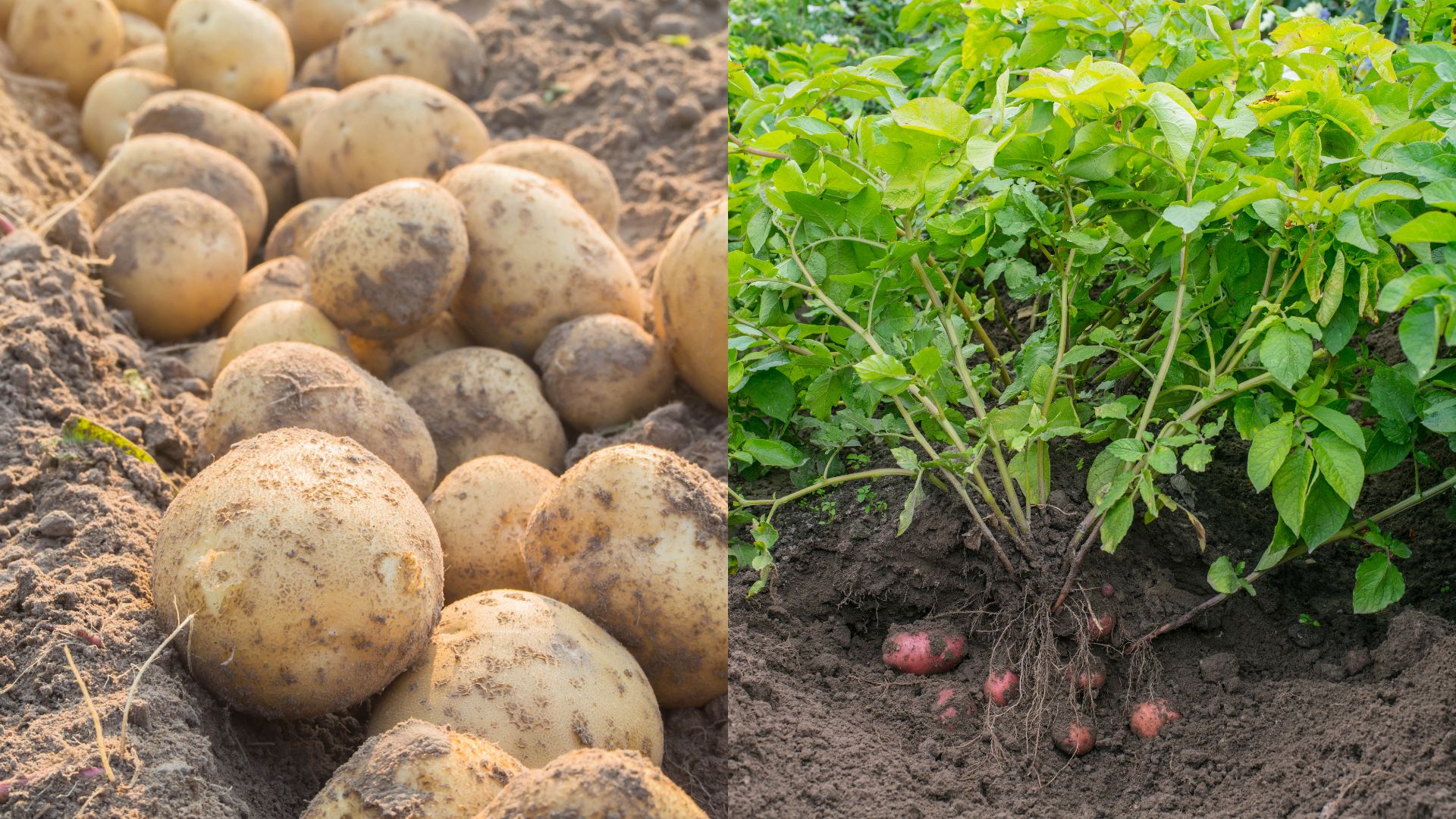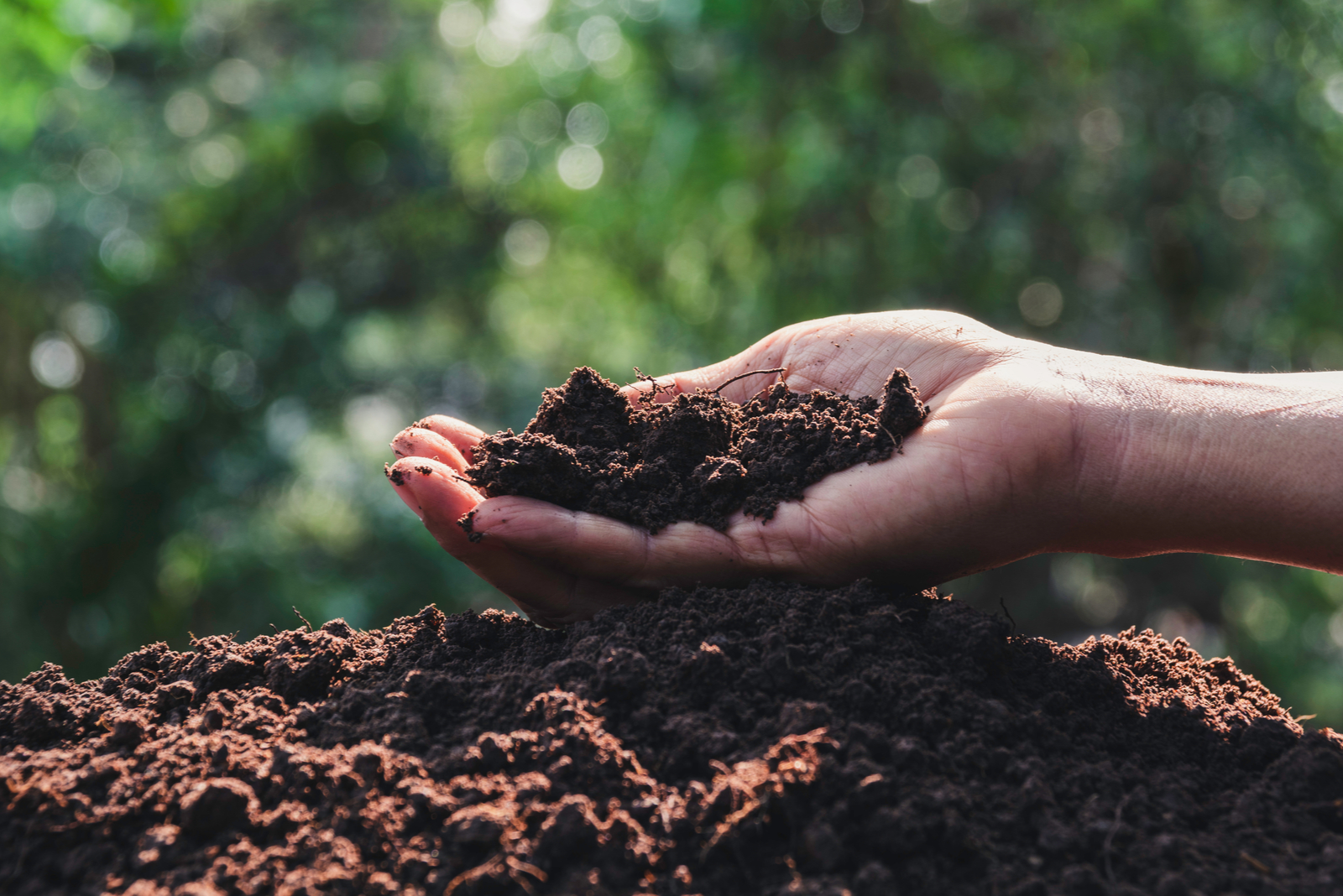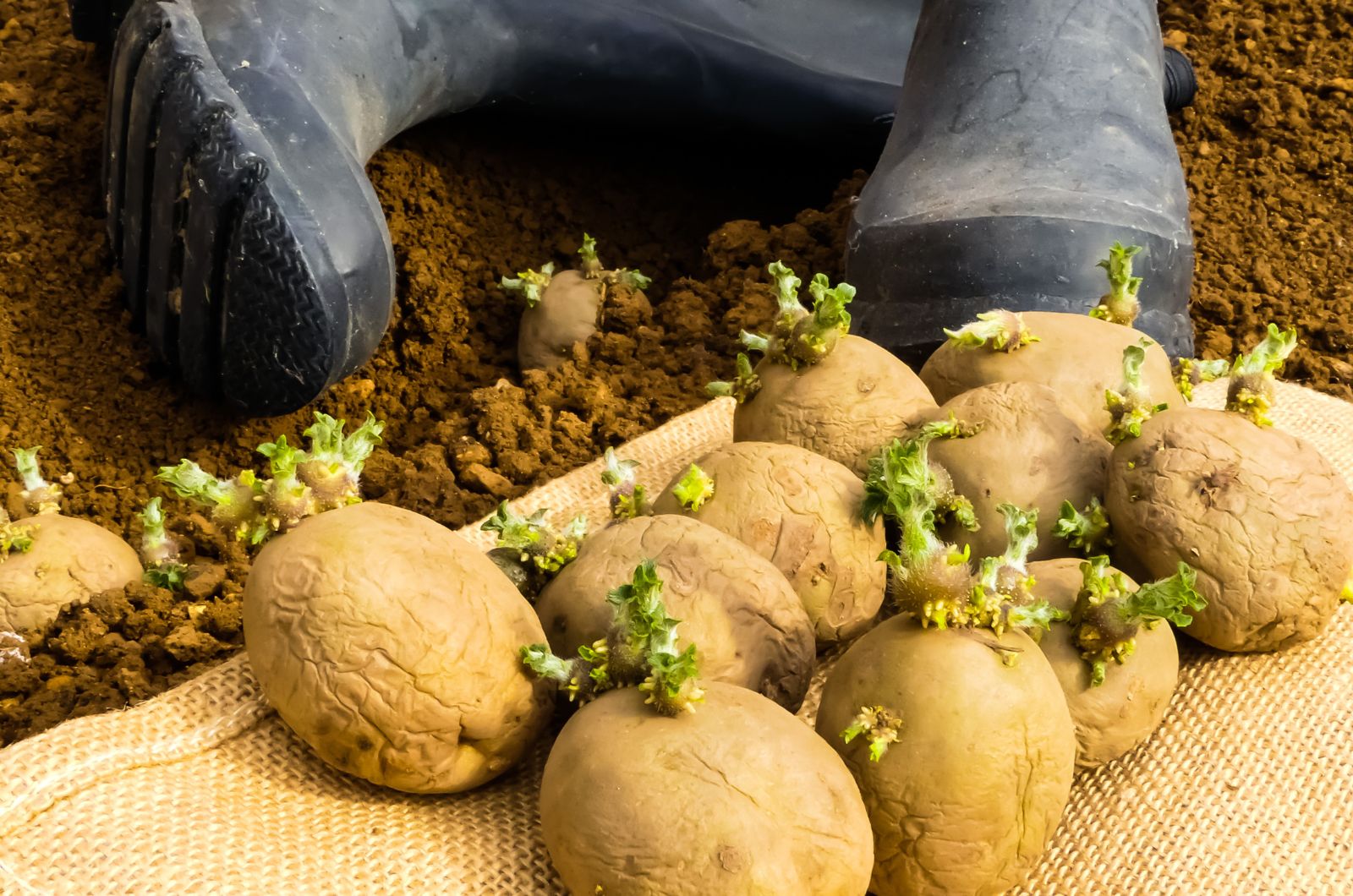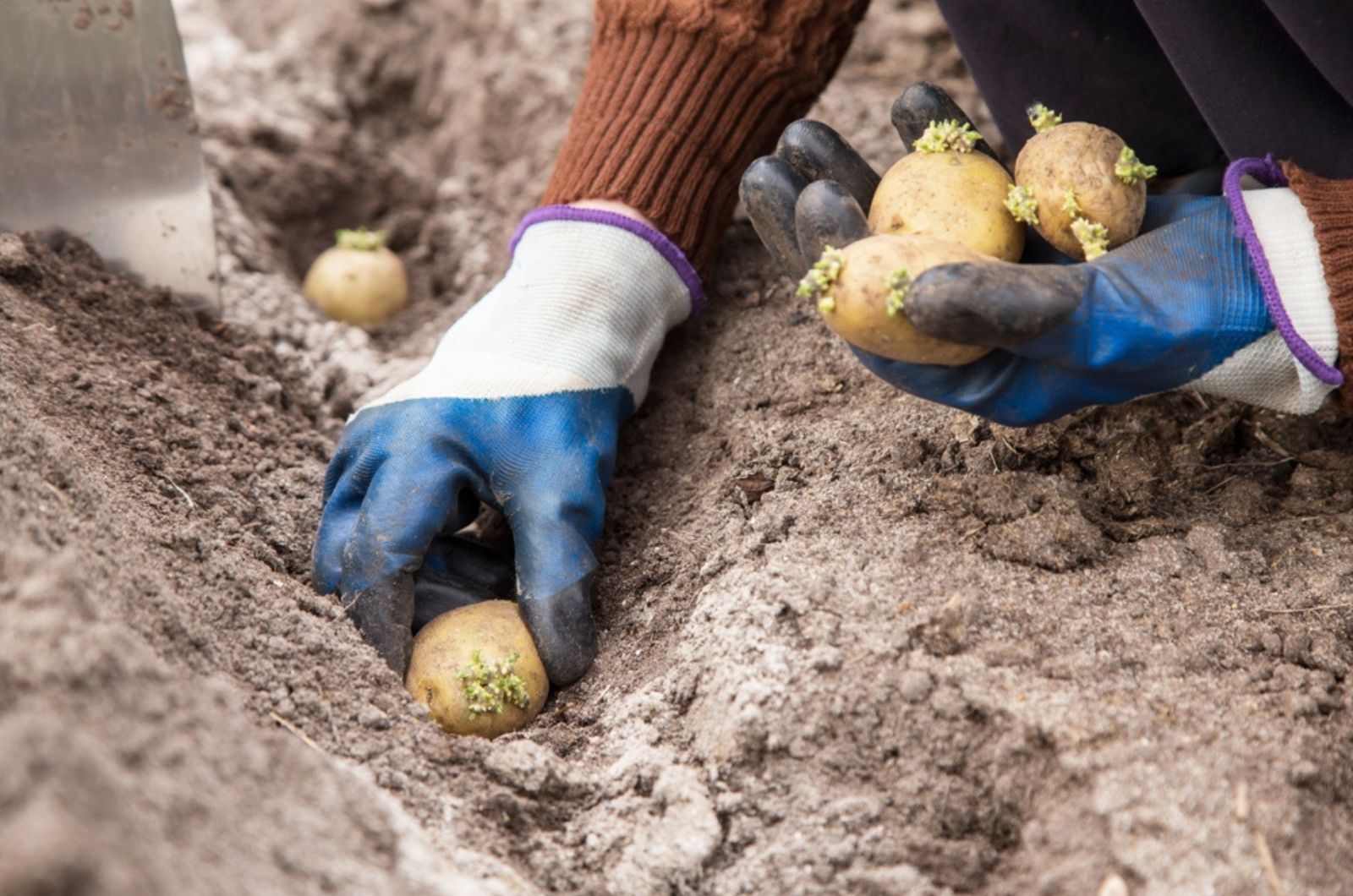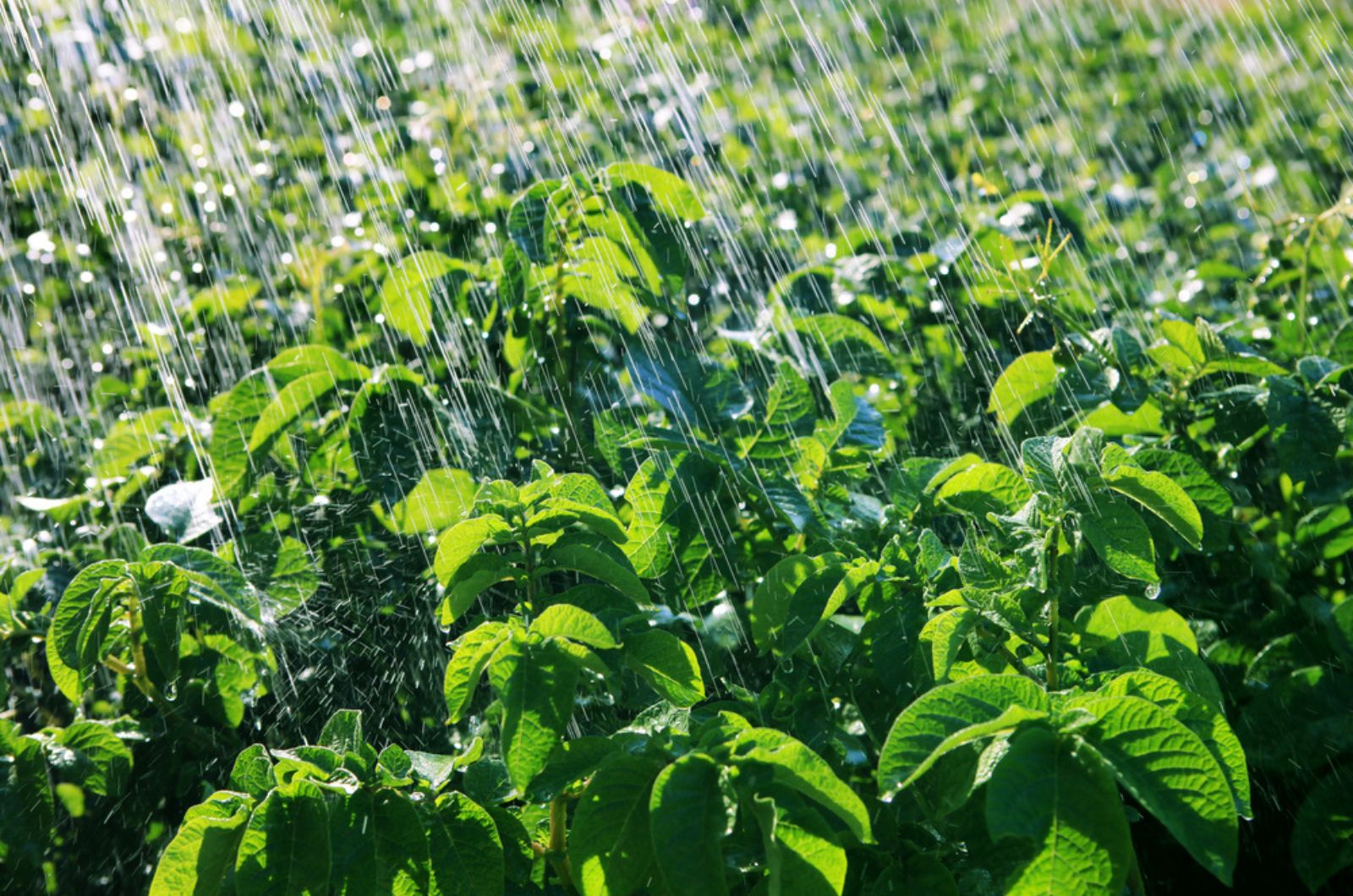Potatoes are root vegetables that are generally easy to grow. However, a lot of things can go wrong and you might end up with a bad batch of potatoes or no batch at all!
It is important to plant the right type of potatoes, prepare the soil adequately, and follow proper plant care.
In this article, we are going to discover the best potato growing tips. So, roll up your sleeves, grab your gardening tools, and get ready to grow the best potatoes ever!
1. Find The Perfect Location For Your Potatoes
Potatoes are usually grown in the ground. However, you can also grow potatoes in containers or in raised beds in case you have limited garden space.
They can be grown in different locations but you have to take into consideration that they are cool-season crops. This is why you can’t just simply put them in sunny locations and call it a day, especially if you live in warmer climates.
Any temperature below 50 degrees Fahrenheit and above 85 degrees Fahrenheit will negatively impact your potatoes.
The best temperature for growing tomatoes is somewhere between 64 and 68 degrees Fahrenheit.
If you live in cooler climates, then you can plant them somewhere they receive about 6 hours of sunlight. However, you should provide them with some shade during the day if you live somewhere hot.
When considering the ideal location, you also have to think about the soil. Avoid saline or alkaline soil as they could be problematic to potatoes.
Instead, opt for well-draining, loamy soil that is slightly acidic and rich in organic matter. Additionally, consider the available space, as potatoes require enough room for their foliage to spread.
By choosing the ideal location, you provide your potatoes with the best chance to grow vigorously.
2. Prepare The Soil
Before planting your potatoes, it’s essential to prepare the soil adequately. Start by removing any weeds, rocks, or debris from the planting area. Potatoes prefer loose, well-drained soil that is rich in organic matter.
Improve the soil’s fertility by using well-rotted manure or compost. If you live near the coast, you can use seaweed to fertilize your potatoes
Also pay attention to the pH levels of the soil – as we mentioned previously, potatoes like slightly acidic soil. The perfect pH levels for potatoes are between 5.2 and 6.4.
You can either add sulfur to the soil, or use liquid feeds with vinegar or citrus to make the soil slightly more acidic.
3. Choose The Right Potato Variety
Potatoes come in various shapes, sizes, colors, and flavors, so choosing the right potato variety depends on your culinary needs and growing conditions.
Most folks sow the ones from the store – while this works perfectly fine, high-quality potato seeds are a better idea (plus you can always save the seeds for the next season!).
Consider whether you want early, mid-season, or late-maturing potatoes, as this determines the time to harvest. It’s best to sow ones that can grow easily in your region and climate.
4. Don’t Forget To Chit Potatoes
In case you are not familiar with the process – chitting is a technique that encourages early growth and helps maximize your potato yield. All you have to do is leave seed potatoes to sprout before putting them in the ground.
Six weeks before planting, place the potato seeds in a cool, well-lit area such as on a windowsill or in a greenhouse. This will give them a head start so that they can grow more quickly and vigorously.
If you are still not sure how to do it, here’s a video with a good explanation: How to chit potatoes
5. Planting Time Is Everything
Timing is everything when it comes to planting potatoes. When you plant your potatoes affects the quality and size of the harvest. Planting potatoes too early or too late is one of the biggest issues when growing these root veggies.
It is generally recommended to plant potatoes in spring after the last frost date, once the soil has warmed up. Cold soil temperatures can inhibit proper growth and development.
The specific planting time varies depending on your climate and the potato variety that you are growing. I usually plant mine in April, although some of my neighbors plant in March and they grow perfectly fine!
6. Make Sure To Space Them Correctly
You have to make sure that the potatoes are spaced adequately, no matter if you grow them in raised beds or in the ground.
When planting, space your seed potatoes around 10 to 12 inches apart in rows. Rows should be separated at least 24 to 30 inches apart. This will ensure proper airflow and provide enough room for potatoes to grow.
Don’t overcrowd your potatoes or you might end up with smaller tubers. Overcrowding also increases susceptibility to potato diseases. This is especially important if you are growing them in containers or raised beds.
7. Add Mulch & Fertilizer
As we mentioned earlier, you should add some organic matter to improve the soil’s fertility. You can also use a slow-release fertilizer about a week before the potato seeds are planted. This way, your potatoes will receive enough nutrients throughout the season.
Adding mulch can also be super beneficial – a layer of mulch, such as leaves, straw, or grass clippings can help retain moisture, regulate soil temperature, and suppress weed growth.
Mulch also acts as a natural barrier, preventing sunlight from reaching the developing tubers and reducing the likelihood of them turning green.
You can apply a layer of mulch around 2 to 4 inches thick once the potato plants have emerged.
8. Water Your Potatoes Properly
Consistent watering is essential for healthy potato growth, especially when rainfall is low. The soil should be kept evenly moist.
Potatoes require about 1 to 2 inches of water per week, including rainfall. Depending on the weather, it is preferable to water the plants once or twice a week. Water at the base of the plants. Avoid watering leaves to minimize the risk of fungal diseases.
You may want to think about putting up a drip irrigation system. If you are into DIY stuff around the garden, check out these 5 Steps For A DIY Drip Irrigation System.
9. Consider Companion Planting
As potatoes are targets of numerous pests and disease, it is important to protect them at all costs. This can be achieved by companion planting, which involves strategically planting specific crops nearby in order to deter pests and enhance overall plant health.
Potatoes have a few beneficial companions. For instance, planting marigolds nearby can help repel pests like aphids and nematodes. Beans, peas, and corn can provide natural shade to potato plants and mutually benefit from their nitrogen-fixing abilities.
On the other hand, it’s best to avoid planting potatoes near other nightshade family members, such as tomatoes or eggplants, as they are susceptible to similar diseases. Sunflowers are also not good companions.
10. Be Aware Of Pests & Diseases
Since we are already talking about pests and disease, let’s dig a little deeper. Like any crop, potatoes are susceptible to various pests and diseases. Common pests that can affect potato plants include potato beetles, aphids, wireworms, and slugs.
Regularly check your plants for signs of infestation – these can be chewed leaves or holes in the tubers. Get rid of pests by handpicking, using organic insecticides, or pesticides.
Additionally, potatoes are prone to diseases like late blight, potato rot, early blight, blackleg, and common scab. It is better to prevent them instead of dealing with diseased plants.
To prevent the spread of diseases, practice crop rotation, avoid planting potatoes in the same spot year after year, don’t water them too much, and choose disease-resistant potato varieties whenever possible.
In case of a fungal disease, you can treat your plants with neem oil or copper fungicide.
11. Harvesting Time
Harvesting potatoes at the right time ensures that you enjoy the best flavor and storage quality. The timing usually depends on the potato variety that you are growing.
For new potatoes with a thin skin and tender texture, you can harvest them when the plants start flowering or when the tubers are about the size of an egg. For mature potatoes with thicker skins that are better for storage, wait until the plant foliage turns yellow and dies back naturally.
You should carefully dig up the tubers using a garden fork or shovel and try not to damage them. Let the freshly harvested potatoes sit for a few hours before storing them in a cool, dark place.

